A beginner’s guide to the Cardano network and the ADA ecosystem


What is the Cardano project?
Cardano is an open-source blockchain platform powered by cryptocurrency tokens widely used to host globally decentralized applications (DApps) and systems. The Cardano ecosystem was founded in 2015 by Charles Hoskinson, one of the founding members of Ethereum.
Unlike the Bitcoin origin story, Cardano lacked an authoritative white paper to predetermine its position within crypto finance. Instead, Hoskinson envisioned building layers of a system to solve problems that exist within other crypto ecosystems.
With this goal in mind, Hoskinson, together with partners in Japan and Switzerland, founded three entities — the Cardano Foundation, Input Output (IOHK) and Emurgo — to develop a blockchain ecosystem built on a delegated and non-custodial proof-of-stake consensus protocol.
Building Cardano: The four layers of the Cardano blockchain
The Cardano ecosystem is built as a third-generation blockchain platform that relies on an extended unspent transaction output (UTXO) model that complements the transaction-based design used by Bitcoin with the capabilities of Ethereum’s accounting model.
The Cardano blockchain is based on four different components, or layers, and is powered by interconnected nodes. The Cardano-node is the principal block producer and entry point to the network, and it is made out of interconnected components:
- The settlement layer is the base layer where the blockchain entities and governance are determined and serves as a foundation for all the components built on top of it.
- The consensus layer is an implementation of the Ouroboros family proof-of-stake (PoS) consensus protocols, which provides and improves the security of proof-of-work at a fraction of the energy cost.
- The networking layer is a peer-to-peer networking stack with a framework for protocols supporting pipelining, multiplexing and various protections against malicious peers.
- The scripting layer, also known as Plutus, is a scripting language that supplies smart contract capabilities to the network.

Cardano roadmap: Exploring the five eras
The development of the Cardano ecosystem follows a five-step process where each step represents a set of functionalities to be implemented sequentially over time. The five steps or eras of the Cardano roadmap are Byron, Shelley, Goguen, Basho and Voltaire.
Byron — Foundation
The Byron era represents the two years of development (2015–2017) in which the first version of the Cardano blockchain was launched and the ADA (ADA) cryptocurrency debuted. The in-house ADA token was named after Ada Lovelace, an English mathematician credited for her work as one of the first computer programmers.
Along with the Cardano blockchain and ADA token launch, IOHK and Emurgo released official ADA-supported wallets named Daedalus desktop wallet and Yoroi light wallet, respectively.
The Byron era was about forming a community and getting people involved in constructing the future blockchain as well as a good and diverse coin distribution, which resulted in the first critical technological advancements.
Shelley — Decentralization
The Shelley era is dedicated to the growth and development of the existing Cardano ecosystem. The network was federated throughout the Byron era, but as the Shelley era continued, from 2020 into 2021, a planned gradual move to 100% blocks produced by stakepools happened.
Block-producer and relay nodes are now operated by the Cardano community. One of the main goals of this phase was to decentralize the node network by involving more network participants to achieve greater security and operational resilience.
This stage also sees the introduction of a reward system and staking principles that encourage users to participate in the Cardano ecosystem. Compared to most other PoS systems, staking delegations in Cardano are noncustodial. The ADA tokens remain fully liquid in the owner’s wallet. Instead of exchanging tokens with a voucher to redeem the locked tokens back in Cardano, the owner generates a snapshot that serves as a provable certificate of their wallet. This snapshot is then updated every five days, the length of a Cardano epoch.
Another specialty of Ouroboros is the Cardano consensus protocol, which comes without any concept of slashing. The game theory focuses on the rational behavior of the participants to maximize the rewards. This also covers the stake pool operators. If there are fewer than the ideal 21,600 blocks per epoch because a pool does not care or is attacked by adversaries, this results in fewer rewards for all participants.
After Shelley’s launch, more wallets entered the ecosystem and attracted a significant number of users by offering specific functionalities. Other than Yoroi and Daedalus, some of the significant ADA wallets are the following:
- Eternl wallet was created focused on DApps
- Nami for NFTs
- AdaLite for multi-pool delegation
- Typhoon for best hardware compatibility.
Goguen — Smart Contracts
The Goguen era represents the introduction of smart contracts and DApps on the Cardano blockchain. This development phase parallels the Shelley era and focuses on creating a purpose-built smart contract development language and execution platform, Plutus.
Plutus is available for developers to create and execute functional smart contracts on the Cardano network. This era also sees the introduction of Marlowe, a domain-specific language (DSL) for financial contracts built on Plutus, which comes with a visual block-style editor to design automated logic without the need to write code.
In addition, the Goguen era added support for a multicurrency ledger, enabling users to create new natively supported fungible and nonfungible tokens (NFTs). Native in this context means all these tokens are implemented on the same layer 1, like the ADA token, including the security design and UTXO capabilities. They are not created and designed by smart contracts.
Basho — Scaling
The Basho era is dedicated to improving the underlying performance of the Cardano network in terms of operability, scalability and optimization. Core developments include sidechain implementations with enormous potential to expand the network’s capabilities as well as tuning technologies like block header pipelining and references to already existing smart contracts.
By offloading work from the main chain onto a sidechain, sidechains can be used as a sharding technique to boost the network’s capacity. They can also be used to test new features without compromising the main blockchain’s security.
Voltaire — Governance
The Voltaire era is the final stage of the Cardano roadmap dedicated to building a self-sustaining governance system supported by the network’s participants. This phase will introduce voting and treasury systems, allowing users to share protocol parameter update proposals and improvement proposals and fund the suggested developments. Following the voting process, a portion of all transaction costs and another portion of all staking rewards will be pooled to generate cash for development activities.
The completion of this phase will signal a truly decentralized Cardano network, working independently of IOHK’s research and engineering teams once both a vote and a treasury mechanism are in place. Instead, the community will be in charge of Cardano’s future, with everything they need to expand and evolve the network thanks to IOHK’s safe, decentralized foundation.
ADA — Cardano’s native cryptocurrency token
ADA is the in-house token of the Cardano blockchain that resides on the Cardano Settlement Layer. The maximum supply of ADA is limited to 45 billion tokens, to be released over time through minting. The hard limit on the total token supply guarantees a deflationary attribute to ADA. However, the ecosystem is destined to showcase an inflationary trend until it releases a major portion of the reserves for circulation, which is estimated to begin in 2030.
Just like any other popular cryptocurrencies like Bitcoin (BTC), ADA can be exchanged for fiat currencies, such as the United States dollar, and stored in crypto wallets. In addition to Cardano’s native wallet offerings, such as Daedalus and Yoroi, third-party wallet services also support ADA storage and transfers.
ADA can also be stored securely in hot and cold wallets. (Check out Cointelegraph’s guide on choosing the perfect crypto wallet for Bitcoin based on your unique requirements.)
ADA is built to perform as a secure exchange of value that runs on Ouroboros, a group of proof-of-stake blockchain consensus protocols. Moreover, the Cardano blockchain can host other cryptocurrencies, NFTs, smart contracts and DApps.
Use cases of the ADA cryptocurrency token
ADA and the Cardano ecosystem are supported by a strong community of investors and developers. As the cryptocurrency continues to gain momentum in terms of value, enthusiasts have slowly started accepting ADA as payment.
The most popular mode of payment is peer-to-peer (P2P) transfers between the sender and the receiver. In this type of transaction, the sender can send existing ADA tokens directly to the receiver’s wallet address with no intermediaries. With its rising popularity, businesses have started to integrate dedicated ADA payment gateways, allowing customers to make online purchases with ADA.
Cardano charges an average fee of 0.19 ADA per transaction. This calculation is based on two factors — a standard fee for each transaction and the size of the transaction. Because of the eUTXO design, a single Cardano transaction can include hundreds of input and output addresses. A transaction can combine ADA, native tokens, metadata and smart contracts.
Users can also earn ADA tokens by validating payment transactions on the Cardano blockchain, a process commonly known as staking. This involves delegating your existing ADA holdings to a staking pool in a noncustodial and fully liquid way.
The cumulated stake of all delegation certificates is then repurposed by the node operators to validate and confirm transactions in real-time. Because of the UTXO design, all transactions can be validated in a fully deterministic way. It is impossible, by design, to pay or lose transaction fees for transactions never settled on-chain.
The ADA staking rewards, or yields, are usually predetermined and vary from pool to pool. Users are advised to do their research before delegating or committing to ADA staking pools to maximize their staking rewards. At no moment does the pool operator have access to or any control over the delegated tokens. Also, the operator is not in charge of paying out staking rewards. This is executed automatically every five days by the Ouroboros protocol.
Where can I buy Cardano (ADA)?
To swap fiat for crypto, you will need a centralized crypto exchange like Coinbase, Kraken, Bittrex or Binance to buy Cardano (ADA). Alternatively, different decentralized exchanges started offering services to the ecosystem. Be aware of the fees charged by the exchange and acceptable payment methods before choosing an exchange.
The next step is to decide on the payment method and place an order to buy ADA for the amount of your choice. After purchasing ADA, choose a storage method, like hot or cold wallets, to save your crypto holdings.
Where can I mine Cardano (ADA)?
The Cardano blockchain is a proof-of-stake blockchain; therefore, its native currency, ADA, cannot be mined. Instead, it can be staked to earn more ADA by joining a staking pool of your choice.
To start staking ADA tokens, download either the Daedalus or Yoroi wallets to store your crypto holdings after purchase.
The staking process remains the same regardless of the wallet you choose. You can select the staking pool to delegate your ADA in the “delegation list” tab of the wallet. Then, after agreeing on the fees, wait for the transaction to complete. Your assets will be staked in the pool once the transaction is verified.
ADA holders can also earn rewards by running their own stake pool if they have the right skills to reliably provide consistent uptime for a node. This is an essential step to ensure the success of the Ouroboros protocol and the Cardano network as a whole.
The future of the Cardano Foundation
The Cardano Foundation is backed by a strong developer community tasked with advancing the public digital infrastructure and promoting it as a utility for financial and social systems.
The multiple research and development (R&D) entities are also the backbone of the network, focused on building real-world financial tools that can help ADA realize price increases based on use case-driven adoption.
The Cardano sidechains provide the option for developers to build applications based on other frameworks and consensus that are not native to the Cardano ecosystem.
Halfway across the predetermined roadmap, ADA has managed to overshadow most cryptocurrencies in terms of price performance and market capitalization.

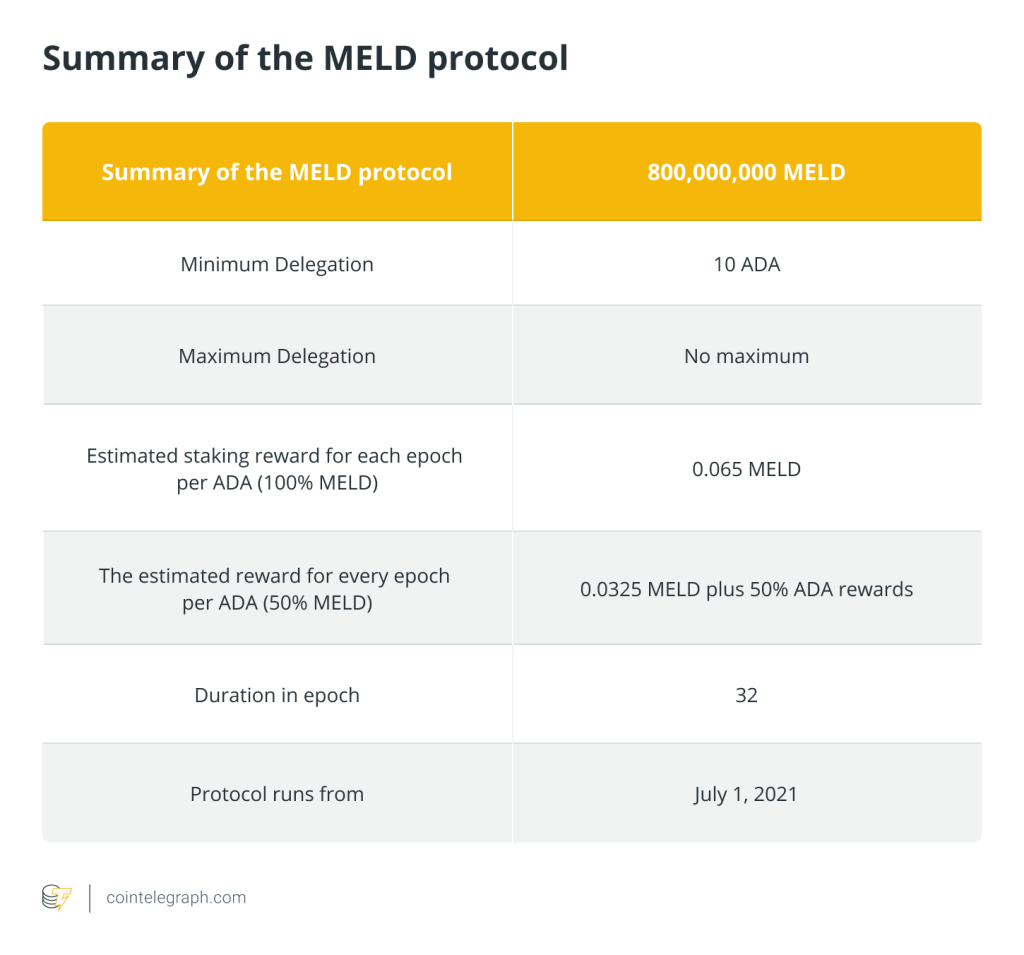
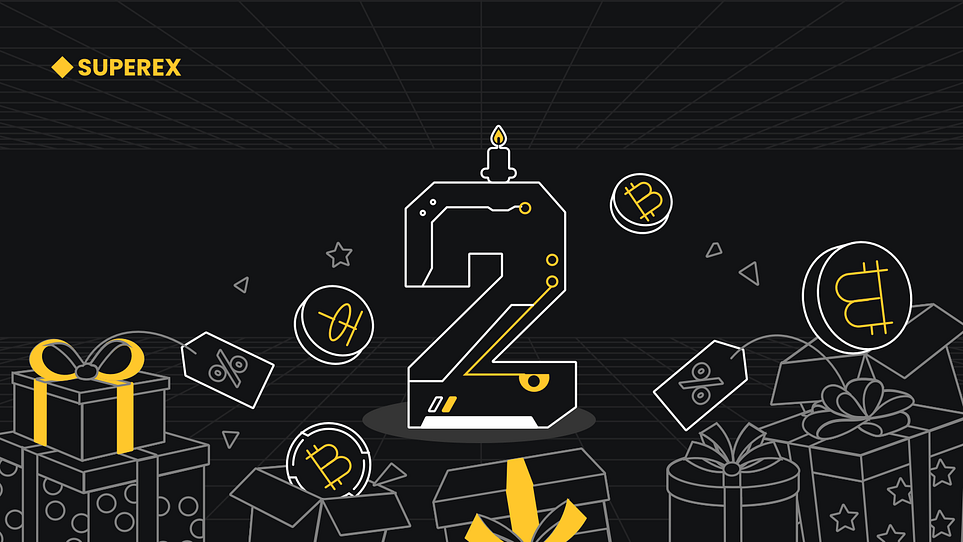
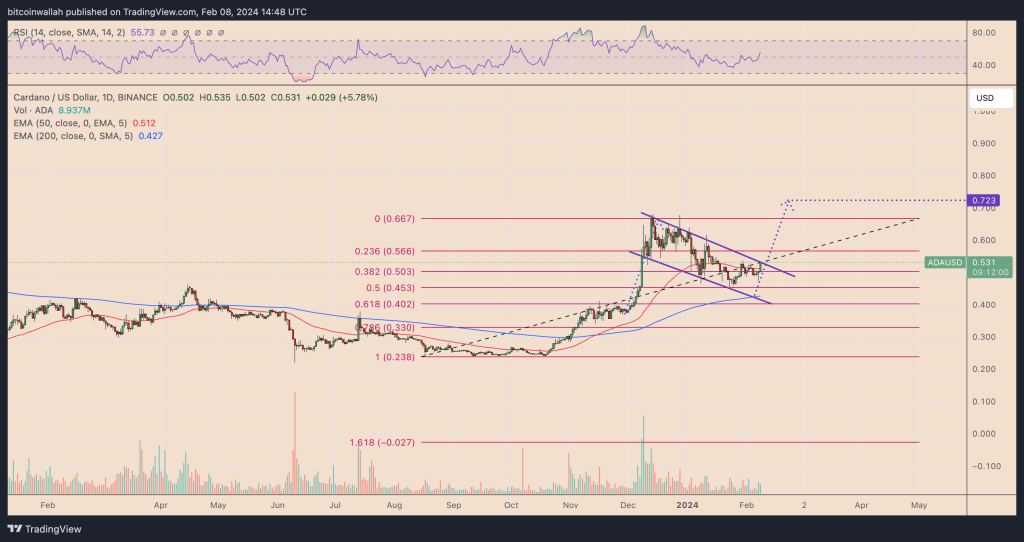
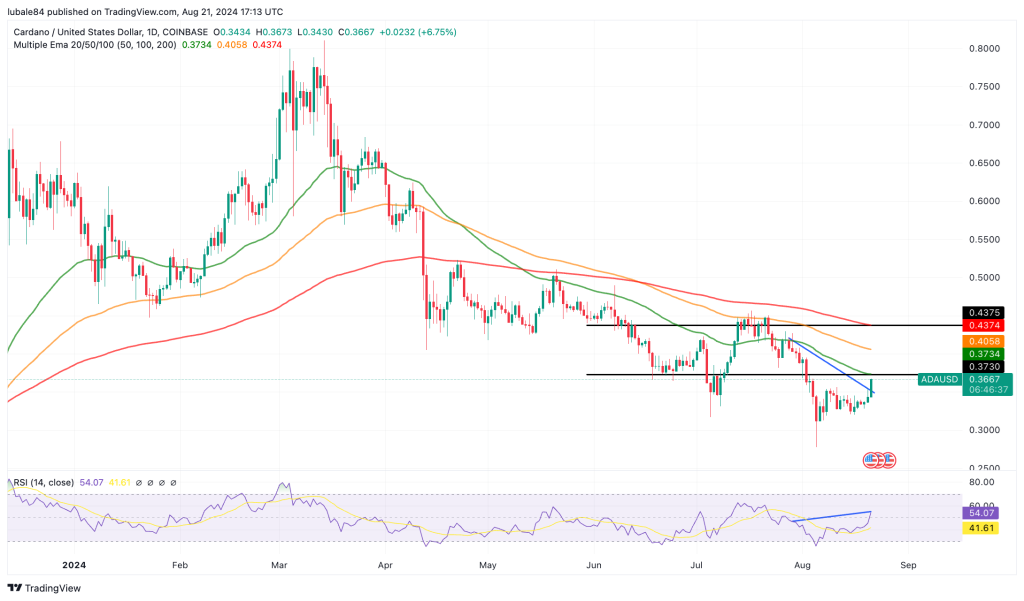
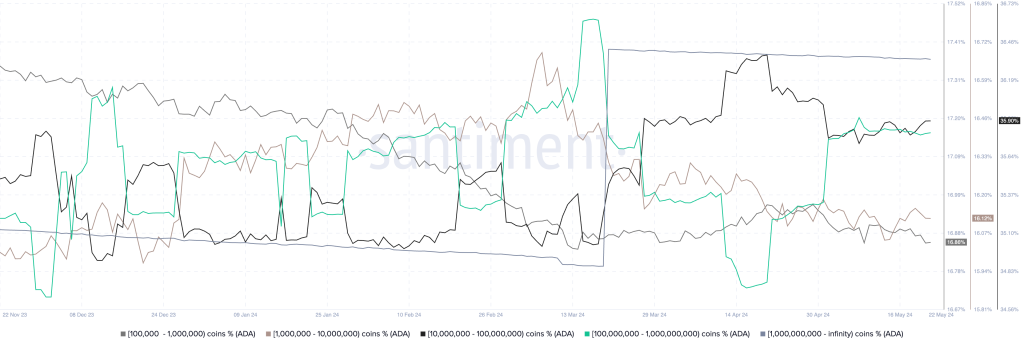
… [Trackback]
[…] Information to that Topic: x.superex.com/academys/beginner/3300/ […]
… [Trackback]
[…] Read More on on that Topic: x.superex.com/academys/beginner/3300/ […]
… [Trackback]
[…] There you can find 11547 more Info on that Topic: x.superex.com/academys/beginner/3300/ […]
… [Trackback]
[…] Read More on that Topic: x.superex.com/academys/beginner/3300/ […]
… [Trackback]
[…] Read More here on that Topic: x.superex.com/academys/beginner/3300/ […]
… [Trackback]
[…] Find More on on that Topic: x.superex.com/academys/beginner/3300/ […]
… [Trackback]
[…] Read More on that Topic: x.superex.com/academys/beginner/3300/ […]
… [Trackback]
[…] Find More here on that Topic: x.superex.com/academys/beginner/3300/ […]
… [Trackback]
[…] Find More Info here to that Topic: x.superex.com/academys/beginner/3300/ […]
… [Trackback]
[…] Info to that Topic: x.superex.com/academys/beginner/3300/ […]
… [Trackback]
[…] Find More Information here on that Topic: x.superex.com/academys/beginner/3300/ […]
… [Trackback]
[…] Find More to that Topic: x.superex.com/academys/beginner/3300/ […]
… [Trackback]
[…] Read More Info here on that Topic: x.superex.com/academys/beginner/3300/ […]
… [Trackback]
[…] Read More Info here to that Topic: x.superex.com/academys/beginner/3300/ […]
… [Trackback]
[…] Info on that Topic: x.superex.com/academys/beginner/3300/ […]
… [Trackback]
[…] Read More Info here on that Topic: x.superex.com/academys/beginner/3300/ […]
… [Trackback]
[…] Read More Information here on that Topic: x.superex.com/academys/beginner/3300/ […]
… [Trackback]
[…] Find More on that Topic: x.superex.com/academys/beginner/3300/ […]
… [Trackback]
[…] There you can find 42574 more Info on that Topic: x.superex.com/academys/beginner/3300/ […]
… [Trackback]
[…] Find More on that Topic: x.superex.com/academys/beginner/3300/ […]
… [Trackback]
[…] Read More here on that Topic: x.superex.com/academys/beginner/3300/ […]
… [Trackback]
[…] Read More Info here to that Topic: x.superex.com/academys/beginner/3300/ […]
… [Trackback]
[…] Read More Info here on that Topic: x.superex.com/academys/beginner/3300/ […]
… [Trackback]
[…] Find More to that Topic: x.superex.com/academys/beginner/3300/ […]
… [Trackback]
[…] Find More on that Topic: x.superex.com/academys/beginner/3300/ […]
… [Trackback]
[…] There you can find 63763 more Information to that Topic: x.superex.com/academys/beginner/3300/ […]